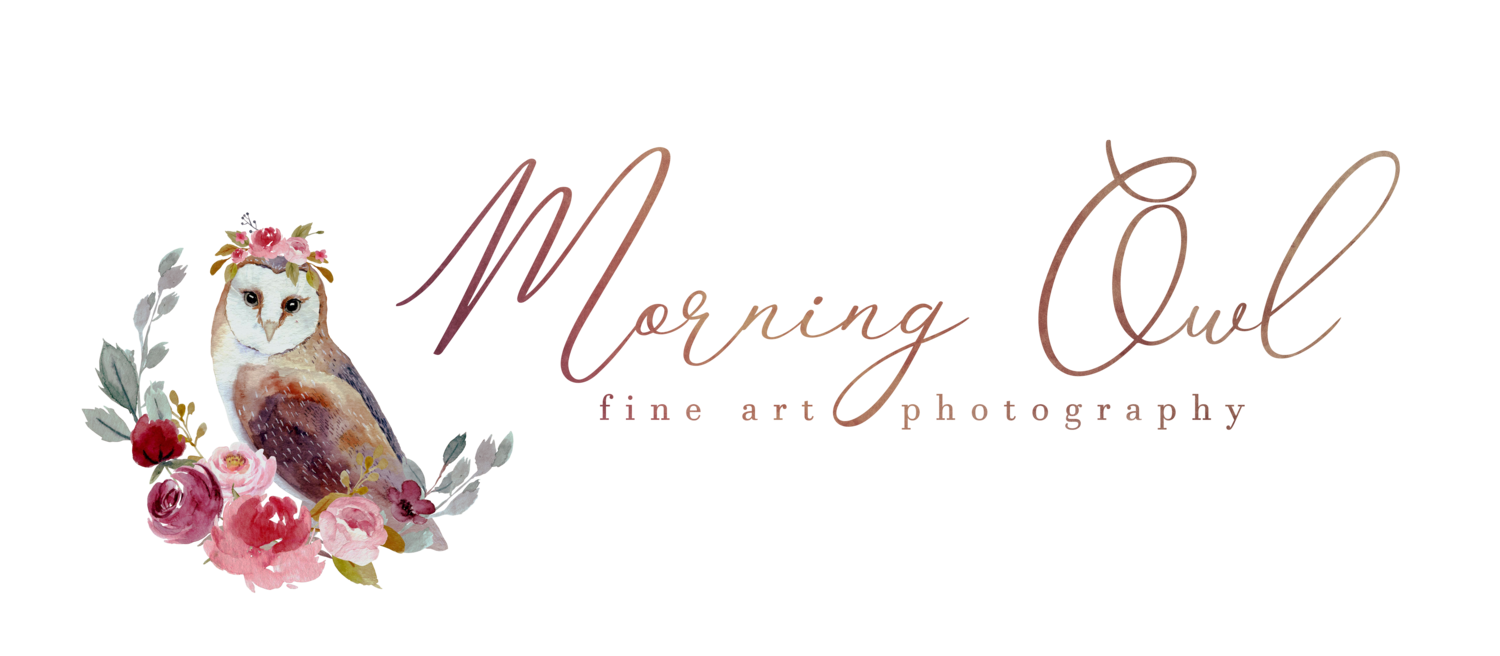Water Immersion Photography After Infant Loss: How This Gentle Practice Helped Me Honor My Son
A personal story and how-to guide for bereaved families
When I delivered my son prematurely, I was handed grief, silence, and uncertainty. But I was also handed a choice — how to honor his life, even in death.
Our OB gently recommended something I had never heard of before: placing my 13-week gestation baby boy in saline solution to preserve his tiny body on our long trek from San Diego to Yuma, AZ, where he would be cremated. It would help preserve his features even though we had known for a couple of weeks that he had passed while still in my womb. He was so small, so fragile. We didn’t know what we were doing — only that we wanted to remember him as peacefully as possible, so I grabbed my camera and took as many photos as I could when he unexpectedly came earth-side.
What I didn’t know then, but later discovered, was that this practice has a name: water immersion photography, also known as Neonatal Immersion Photography (NIP) — and it’s slowly gaining attention for its powerful role in infant bereavement care, especially for missed miscarriages that often do not receive support. It became my way of honoring my baby who had stopped growing — a way to say goodbye with my camera in hand.
What Is Water Immersion Photography, also known as Neonatal Immersion Photography (NIP)?
Scientific and emotional benefits of postmortem immersion
Neonatal Immersion Photography (NIP) is the practice of gently immersing a deceased baby in saline water or clear fluid for the purposes of remembrance photography. While it may sound unfamiliar, the technique is rooted in both emotional and scientific benefit, and is now practiced in select hospitals across the country thanks to programs like The Little Lights Program by Capturing Hopes Photography.
As Deneen Bryan, founder of Capturing Hopes, explains:
"The infant’s limbs become limber and flexible following several minutes of time in the water. Their skin improves in tone, and their peaceful form mimics how they looked in the womb.”
Scientifically, immersion:
Reduces visual trauma such as skin discoloration, maceration, and collapse of soft tissue.
Rehydrates tissue, especially after intrauterine fetal demise (IUFD)
Supports anatomical positioning of the baby’s limbs and facial features.
“The visual improvement of the fetus’s appearance through immersion in water allows for better memory-making, supports maternal bonding, and facilitates family grieving.”
— Water Immersion in Neonatal Bereavement Photography, ScienceDirect
Emotionally, it offers:
A gentle way to see your baby again — soft, peaceful, and surrounded by fluid like the womb.
Time to bond, photograph, and say goodbye without the pressure to rush.
A powerful healing visual memory for parents, siblings, and loved ones.
A dignified way to honor your baby, even if you never got to hear their heartbeat out loud
How to Do This at Home: A Gentle Guide
For families preparing for loss, miscarriage, or stillbirth
Please know: you are not alone. This is written with your trembling hands in mind — whether you’re reading this from a hospital bed, a dim nursery, or in the hours before delivery.
📦 Supplies You’ll Need:
A clear container (glass bowl, acrylic bin, mason jar, or vase, depending on baby’s size)
Saline solution (available at pharmacies or mixed at home — 9g salt per liter distilled water)
Room-temperature water (avoid extremes of hot or cold)
Towels and blankets for drying afterward
A camera or smartphone
Optional: lighting (a soft lamp or indirect window light), flower petals, family rings, etc.
🧷 Step-by-Step Process:
Prepare your container with the saline solution or clean water. Place it on a secure surface.
Gently lower your baby into the water. Allow their limbs to float naturally.
Take your time. There is no rush. If you're not ready to photograph, just sit with them.
Photograph gently. Focus on details: toes, fingers, eyelashes, profiles. Capture what you want to remember.
After photography, depending on your baby’s size, you can keep them in this vessel or wrap your baby in a blanket or keepsake wrap if desired.
💡 If you would like to watch a video on what this may look like, here you go.
If you are considering doing this at home — like I did — speak with your OB or midwife about using saline solution to preserve your baby’s body gently. Saline water helps rehydrate tissue, slow decomposition, and allows time for transport, especially if you're driving long distances for cremation or burial like in my case.
I had never heard of this practice before and somehow, photographed my son in this mannor by grace in 2017. Now, I hope this blog introduces others to the same gentle options we were given — even in the darkest moments.
When to Use This Method
Before/during second-trimester miscarriages or intrauterine fetal demise (IUFD)
After an intrauterine fetal demise (IUFD) aka Missed Misscarage
When transporting your baby’s body home or to a funeral home or hospital
If skin integrity is fragile or time has passed since IUFD or delivery
If you're not emotionally ready to say goodbye immediately
If you’re documenting a miscarriage at home and want to preserve baby’s features
If you're grieving a baby who stopped growing in the womb and want to honor them visually
Note: Always consult your OB, midwife, or doula. Many hospitals are unfamiliar with this practice but may accommodate it with gentle education.
Peer-Reviewed Resources and Support for Families
Whether you're preparing now or searching for understanding afterward, these evidence-based links offer comfort and validation:
Water Immersion in Neonatal Bereavement Photography – Nursing for Women’s Health (ScienceDirect)
Fetal Rehydration and Water Submersion Postmortem Photography – JOGNN (Journal of Obstetric, Gynecologic & Neonatal Nursing)
Now I Lay Me Down to Sleep – Free remembrance photography for families experiencing infant loss
Capturing Hopes – Little Lights Program – National bereavement photography, including immersion methods
Stillbirthday – Supportive resources, doulas, and education for parents facing terminal diagnoses
Patrick Riecke – Immersion/Saline Bath Info Sheet - Practical document for families and professionals
How did different lighting, water types, and container setups affect our photos?
Here are a few comparison photos of my son, Giovanni Augustus Liberatore, who passed before coming into this world at around 11 weeks of gestation and stayed within me for 5 additional weeks before my body knew what to do. 2017
My Final Thoughts to You
You are doing the bravest thing a parent can do — loving your child through grief. I never imagined I’d be here either. But the images I took of my son — floating gently, preserved in dignity — are still with me. They tell his story. They tell mine.
You may be wondering: what does a baby look like weeks after a miscarriage? What should I do if I find out my baby stopped growing but I haven't miscarried yet? How can I prepare emotionally when I feel so unprepared? These are real, raw questions — and you are not alone in asking them.
If you need help, want to talk, or don’t know what to do next — I’m here. I’m a bereavement doula, a photographer, and a mother who’s lived this. You are not alone.
Want help in San Diego CA?
Well, contact me! I would be honored to help you capture your loved one’s littlest features — or simply provide emotional support, free of charge. I’m available for all gestational ages, from first-trimester miscarriage photography to stillbirth remembrance. Whether you’re preparing ahead or facing a sudden loss, I’ll walk with you.
Recent Berevement Blogs
Morgan Liberatore
Dedicated to serving others in a NEW way, that doesn’t involve active service in the military. I want to capture your special moments and help in any way I can.
Well, contact me! I would LOVE to help you with your dream couples lifestyle photo session with your pup and coffee.
Instagram Journey
Recent Portrait Blog Posts
Tag Cloud
- Military San Diego
- Families
- San Diego Military Photographer
- Portraits
- Couples
- San Diego Events
- US Marine Corps
- Military Homecoming San Diego
- Newborn
- Post-Deployment
- San Diego Marines
- Studio Portraiture Work
- San Diego Newborn
- United States Navy
- Children Portraits
- Miramar National Cemetery
- Navy Officer
- Navy Photographer
- Military Funeral
- Veteran
- Naval Base San Diego
- Photographer Life
- Marine Corps Recruit Depot
- Funeral
- Newborn Photo Tips
- New Marine Parent
- Morning Owl Fine Art Photography
- Marine Drill Instructor
- Extended Family Session
- Female Service Member
- Lifestyle
- Military
- Family Updates
- Award Ceremony
- Newborn Lifestyle
- Personal Update
- Marine Bootcamp Graduation Tips
- Client Closet
- Engagement
- US Navy
- Dogs
- San Diego International Airport
- San Diego Military
- Styled Session
- Wedding
- Deployed Mom
- Elopement
- Military Advice
- San Diego Military Events
- Navy Photos
- Airport Homecoming
- Courthouse Elopement
- San Diego Courthouse Wedding
- Newborn Boy
- Marine Boot Camp San Diego
- Fresh 48
- Author Recommendations
- San Diego Maternity
- Military Officer
- Military Graduation
- Military Portraits
- Newborn Fresh 48
- BalticBorn
- Big Sister
- Dog Friendly Photographer
- San Diego Beach Photo Session
- Big Brother
- Self Portraits
- New Dad
- United States Sailor
- USNS Mercy
- Military Traditions
- Pet Friendly Maternity Photographer
- HM
- Nursing Portraits
- Maternity Photos with Dogs
- E6 in 6 Years
- Marine Corps Martial Arts Instructor
- COVID-19
- Cambodian American Service Members
- One Year Milestone Session
- United States Marine Corps
- Graduation Photos
- Pregnancy Loss
- Navy Portraits
- Bali Hai Restaurant San Diego
- Female Marines
- Custom Retirement Ceremony
- Grief & Loss
- San Diego Event Photographer
- Submarine
- First Baby
- Sand Dunes
- Miscarriage Support
- Military Spouse
- Military Success Stories
- Pregnancy Photos
- Remembrance Photos
- NAS North Island
- Education While Deployed


































Discover how water immersion photography provides a gentle, womb-like environment for capturing remembrance photos after infant loss. This guide shares personal experience, peer-reviewed research, and step-by-step instructions using saline solution, helping families create peaceful, lasting memories through neonatal bereavement photography.